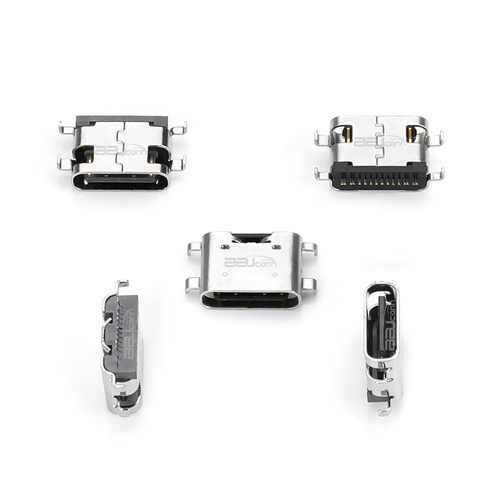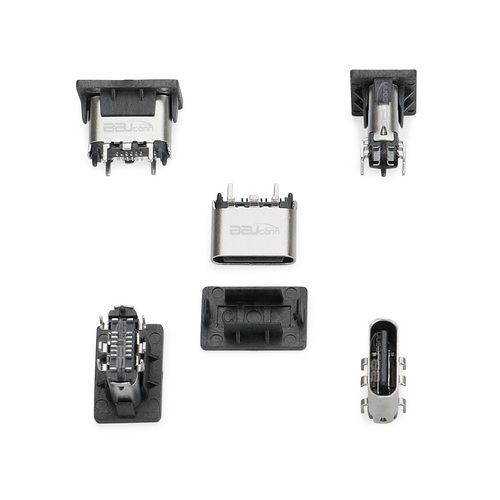How Type-C Interface Dominates the Consumer Electronics Ecosystem
发布时间:2025-10-26作者:Shenzhen BBJ technology co., LTD点击:27
How Type-C Interface Dominates the Consumer Electronics Ecosystem
The Type-C interface has become the most representative universal connection standard in the current consumer electronics industry. Whether it's mobile phones, tablets, laptops, headphones, game consoles, or in-vehicle systems, the Type-C interface has permeated the core interfaces of almost all smart devices. Compared to traditional USB-A and Micro-USB interfaces, the advantages of Type-C in power, transmission speed, and compatibility make it a key link connecting the digital world.
The widespread adoption of the Type-C interface has changed not only its appearance and structure but also the operating logic of the entire consumer electronics ecosystem. In the past, different devices often required different charging cables and adapters; now, the Type-C interface achieves true "one-cable connectivity." From data transmission to video output and high-power fast charging, the Type-C interface makes interaction between devices more efficient and has also driven the integration of upstream and downstream supply chains such as accessories, charging chips, and main control ICs. It can be said that the standardization of the Type-C interface has led to a highly collaborative and simplified consumer electronics ecosystem.
The Type-C interface has played a particularly prominent role in driving the upgrade of fast charging technology. With the introduction of the PD3.1 protocol, the Type-C interface supports power output up to 240W, enabling high-power devices such as laptops, monitors, and power tools to charge and transfer data through the same interface. This change not only improves the user experience but also spurs continuous innovation from power management chip and fast charging control chip manufacturers. Many consumer electronics brands have redefined their product design logic with the Type-C interface; for example, some manufacturers have eliminated redundant power and video interfaces, retaining only multiple Type-C interfaces to achieve a lightweight and modular design philosophy.

The Type-C interface is also driving the evolution of the audio and video transmission ecosystem. By supporting DisplayPort and Thunderbolt protocols, the Type-C interface can achieve high-speed transmission of 4K and even 8K video signals. This means that products such as monitors, cameras, AR glasses, and VR headsets can share a unified data interface, thereby reducing costs and improving compatibility. For the entire consumer electronics ecosystem, the existence of the Type-C interface makes "multi-screen interconnection" and "one-cable connection" a reality, and accelerates the integration of smart offices, smart travel, and entertainment terminals.
The promotion of the Type-C interface has also forced manufacturers to improve quality and reliability. High-frequency signals and high-power currents require connectors with lower contact resistance, longer mating life, and better heat dissipation. Major Type-C manufacturers have invested heavily in automated testing, metal fatigue analysis, and high-temperature aging experiments to ensure stable performance even after 100,000 mating cycles. It can be said that the Type-C interface has not only driven the iteration of end products but also spurred technological innovation across the entire manufacturing process.

The core reason why the Type-C interface dominates the consumer electronics ecosystem is that it achieves a balance between "standardization and technological openness." It provides manufacturers with a unified development interface while bringing convenience and enhanced user experience. From mobile phone charging to in-vehicle infotainment systems, from office desks to smart homes, the Type-C interface is becoming the universal language of modern life. In the future, with the continuous development of AI devices, AR terminals, and automotive electronics, the Type-C interface will continue to expand its boundaries, becoming a key gateway to the future intelligent world.